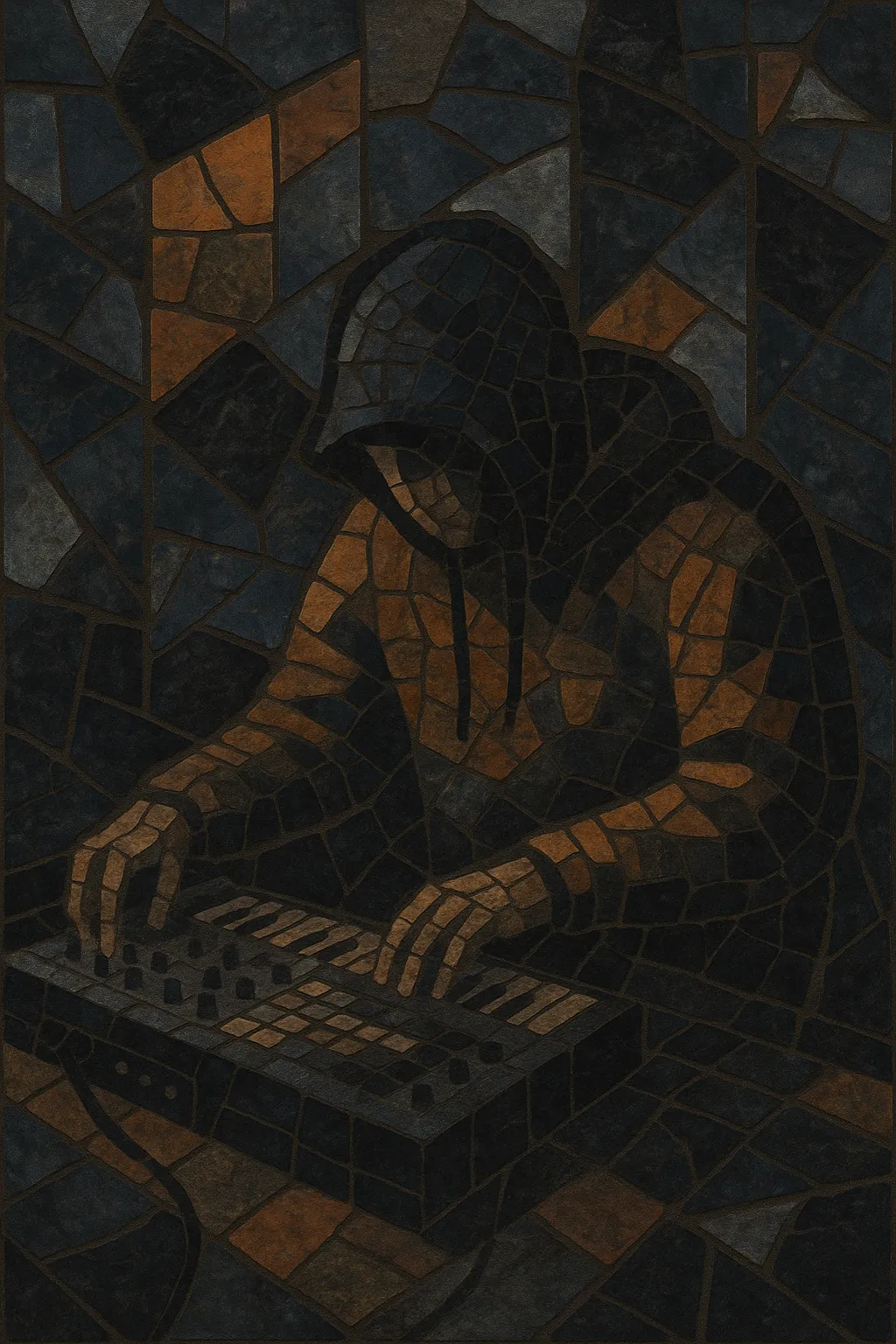
Outsider house is a strain of house music that embraces lo‑fi production, raw textures, and a DIY ethos. Instead of the sleek, club‑polished sound of mainstream house, it foregrounds tape hiss, distortion, and gritty machine funk to create a hazy, intimate atmosphere.
Often associated with early‑2010s labels and scenes that prized hardware jams and cassette aesthetics, outsider house sits at the fringes of house and techno while retaining steady 4/4 rhythms for dancefloor use. Tracks tend to be hypnotic and repetitive, with detuned pads, muffled drums, and understated basslines that feel both nostalgic and nocturnal.
The term “outsider house” emerged in the early 2010s as critics described a wave of producers releasing rough‑edged, analog‑leaning house that felt intentionally unpolished. US labels like L.I.E.S. (Long Island Electrical Systems, founded by Ron Morelli in New York) and 100% Silk (Los Angeles) became shorthand for this sound, issuing 12-inches that favored live hardware jams, tape saturation, and a warehouse sensibility.
Rather than invoking a completely new rhythmic language, outsider house recontextualized familiar house/techno tropes with a lo‑fi, cassette‑era mindset: muffled kicks, smeared chords, and room noise were treated as musical features. This aesthetic connected scenes across the US and Europe, with artists exchanging tracks via limited vinyl/cassette runs and Bandcamp, fostering a global, DIY network.
Early, emblematic figures included Huerco S., Delroy Edwards, Terekke, Florian Kupfer, and Xosar, alongside the curatorial influence of Ron Morelli’s L.I.E.S. The sound also overlapped with raw Dutch hardware minimalism via Legowelt and kindred underground outlets like Opal Tapes.
By the mid‑2010s, the lo‑fi house boom (e.g., DJ Seinfeld, Mall Grab, Ross From Friends) broadened the style’s audience, taking the outsider house aesthetic toward melodically sentimental, VHS‑tinged directions. While some artists moved further into ambient, experimental, or techno territories, outsider house left a lasting mark on underground house production, normalizing tape warmth, imperfect takes, and hardware immediacy as desirable sonic signatures.

